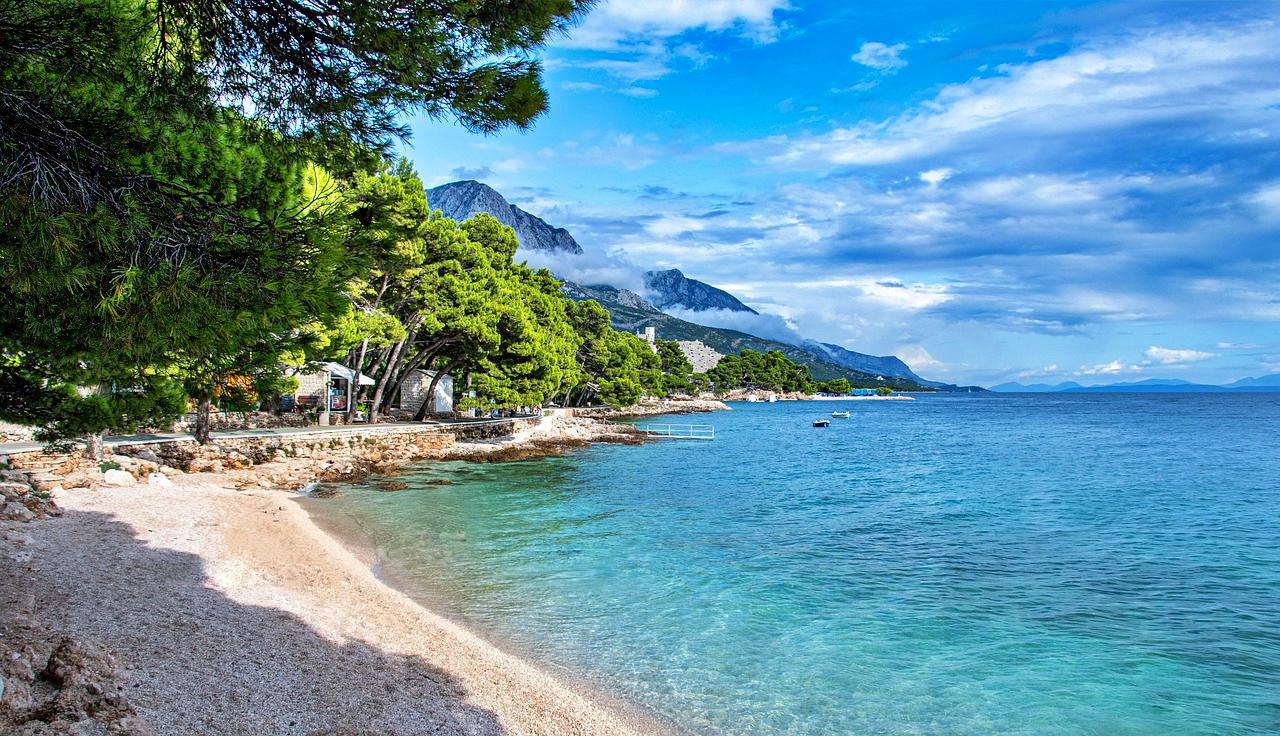Croatia Joins The Schengen Zone: Does This Change Travel Requirements?

In recent years, the beautiful country of Croatia has become increasingly popular with international travelers. This isn’t too surprising, since the nation has similar attractions to its close neighbors, Italy and Greece. Like those countries, Croatia boasts a rich culture, fascinating architecture, historical attractions and unique cuisine. Meanwhile, it has incredible landscapes and natural diversity, but at a bargain price.
Croatia stretches down the Adriatic Coast with a number of popular cities, such as its capital, Zagreb. Meanwhile, the city of Split in Dalmatia boasts fascinating Roman ruins and idyllic beaches. Moreover, Dubrovnik, with its well-kept medieval architecture and its 13th-century stone city walls is a fascinating visit.
Croatia and the European Union (EU)

Back in 2013, Croatia joined the European Union (EU), however, it was only accepted as the 27th member of Europe’s border-free Schengen Area on January 1, 2023. Moreover, at that stage, Croatia adopted the euro as its official currency.
How will this affect US travelers hoping to head to Croatia to experience all its wonders? Luckily, it doesn’t make a huge change for inbound US travelers, heading to the country for tourism or business purposes.
In fact, under an existing visa waiver arrangement, American nationals visiting any Schengen Zone member country are exempt from its visa requirements. The only catch is that they can now only stay for up to 90 days within any given 180-day period, as with other third countries.
As noted by SchengenVisaInfo, The Schengen Zone is the product of, “an agreement between several European countries to have free borders, and a joint visa policy and travel requirements for non-EU nationals.”
Now Croatia has joined the Schengen Zone, the country adopts the bloc’s shared rules and regulations for international travelers, including visa requirements. From now on, Croatia’s consular offices will issue Schengen visas, rather than visas specific to a particular country.
The only thing US travelers need to know is that any time spent in Croatia will count towards the time spent in the zone. In other words, a total of 90 days for non-Schengen nationals, even visa-exempt ones, can be spent traveling in the region. Even those going on a European tour of several EU member countries will be tied to the 90-day every 180-day rule.
Are there other requirements for US travelers?

It is important to note that US travelers are still required to hold a US passport. Moreover, it must remain valid for a minimum of 90 days beyond their planned stay in Croatia. As for COVID-related restrictions, like much of the world, there is no vaccination or testing requirement.
It is important to note that some EU member nations have opted out of the open-border Schengen Area. These include Bulgaria, Cyprus, Ireland and Romania. Meanwhile, there are four Schengen Zone members that are not part of the EU, namely, Iceland, Liechtenstein, Norway and Switzerland. When planning a European trip, always ensure you are aware of your destination’s status while preparing your travel documents.
